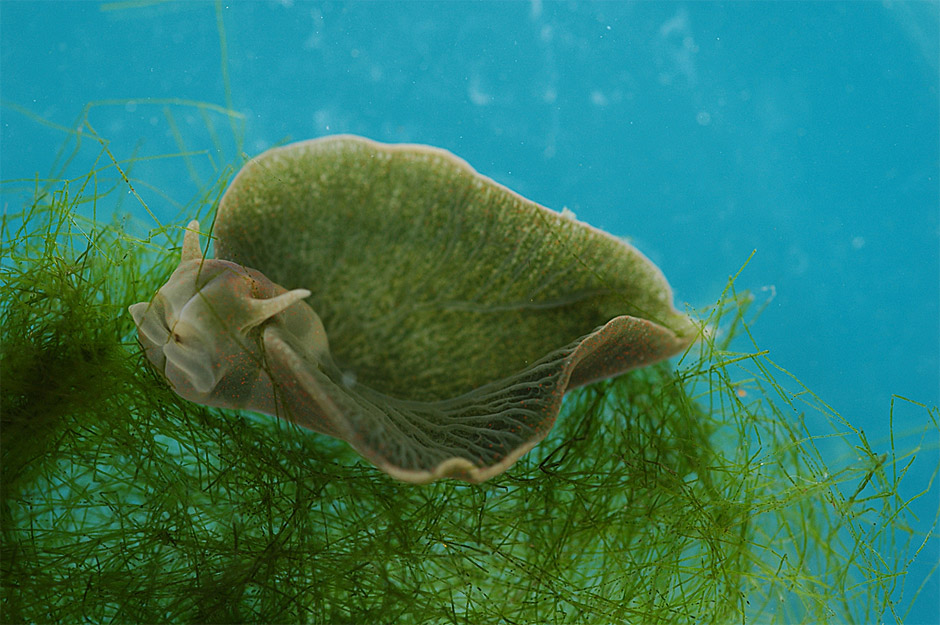Here we are at the American Natural History Museum in New York ‘Big Buck Huntin’ City. In this massive museum, fantastic displays of stuffed animals flank the galleries by the hundreds. But it’s not morbid, it’s scientific. The displays serve as an encouraging incentive for one to taxidermy their own house pet or loved one post-mortem. The museum’s also packed with human beings scurrying around with cameras and camcorders, hurrying from one diorama to the next taking pictures and videos, often failing to properly observe or learn about the amazing array of animal species (perhaps many of which will go extinct in the wild within the next century -- by which time we will have discovered new animals, on different planets) from across the globe that have been complied before their very eyes. At each display, I waited for folks to disperse so that I could get these shots, and the waiting time allowed me to see some of the intricacies of these beautiful and superbly presented specimens of once natural life. The populations of these primary creatures are dwindling. The black rhinoceros went extinct this year. And the white and asian rhinos aren’t laughing, for they too are making their last stand. As the Cree saying goes, “only when the last tree has died and the last river been poisoned and the last fish been caught will we realize we cannot eat money.”
And, as Aaron Dames wrote in How to Kill People:
We walked through the park and shared a bottle of red wine on a bench. We were close to the zoo and could hear squawking birds and grunting beasts shuffling around. I felt sad for those miserable creatures confined in that concrete prison. I felt sad for their wild kin that are being wiped off the face of the Earth. An estimated 20,000 polar bears left, 10,000 blue whales, 3,000 tigers, 1,000 pandas. I hope I never live to see the day when exotic animals will only exist in zoos. I can imagine future generations visiting zoos that contain only animatronic puppets. I can already see the little Japanese children walking on synthetic grass beneath artificial sunsets taking pictures of robotic taxidermy. I thought about the destruction of the Amazon jungle, about how humans destroy things they do not even understand. I considered what Einstein said:
Insanity: doing the same thing over and over again and expecting different results.
I imagined having to tell my kids what blue whales were, having to explain to them how a few generations of ruthless consumers oversaw the annihilation of the largest animal to ever live. I thought about how someday people will be masturbating to photographs of pristine landscapes and wilderness.
 Sunday, February 3, 2013 at 06:17PM
Sunday, February 3, 2013 at 06:17PM 

 Aaron |
Aaron |  Post a Comment |
Post a Comment | 
